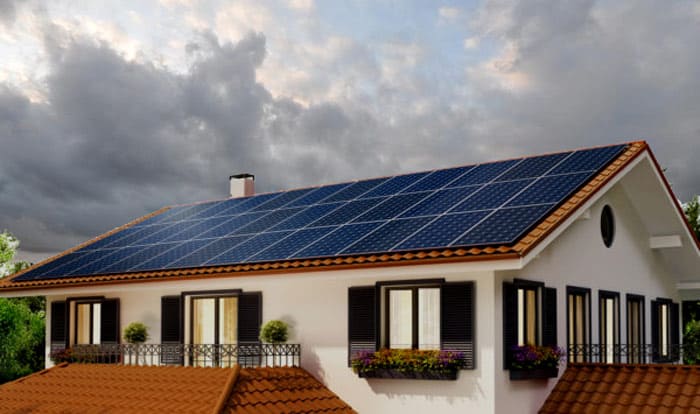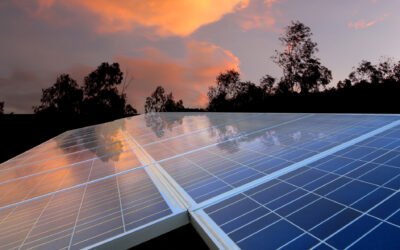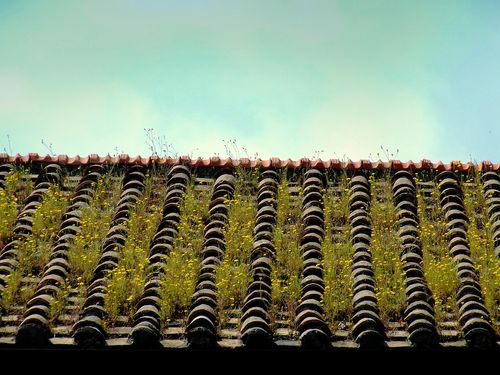Solar Power and Sustainable Architecture: Designing Energy-Efficient Buildings in Australia
In the realm of sustainable architecture, the marriage of solar power and innovative design stands as a beacon of hope for a greener future. Australia, with its abundant sunlight and growing environmental consciousness, presents a prime canvas for the convergence of these technologies and philosophies. In this article, we delve into the realm of solar power and its integration into the fabric of sustainable architecture in the Australian context.
Australia’s vast expanses of sunlight make it an ideal candidate for harnessing solar power. With approximately 2,500 to 3,000 hours of sunshine annually in most parts of the country, solar energy holds immense potential as a clean, renewable resource. Through photovoltaic (PV) panels and solar thermal systems, buildings can transform sunlight into electricity and heat, reducing reliance on fossil fuels and mitigating carbon emissions.
One of the key principles of sustainable architecture is passive design, which maximises natural resources such as sunlight and wind to minimise energy consumption. In Australia, architects and designers are increasingly incorporating passive solar techniques into building projects. Orientation, shading, and insulation are carefully considered to optimise thermal performance and minimise the need for artificial heating and cooling.
For instance, buildings are often oriented to capture the winter sun while minimising exposure to the harsh summer sun. This not only reduces heating costs in winter but also helps maintain comfortable indoor temperatures throughout the year. Furthermore, strategically placed shading devices such as eaves, louvres, and awnings prevent excessive solar heat gain during summer months, reducing the reliance on air conditioning.
The integration of solar panels into building facades and rooftops has become a hallmark of sustainable architecture in Australia. Advancements in PV technology have made solar panels more efficient and aesthetically pleasing, allowing them to seamlessly blend into the architectural design. From sleek, rooftop installations to innovative solar cladding systems, buildings are now capable of generating their own clean energy while enhancing their visual appeal.
In addition to reducing carbon footprints, solar-powered buildings offer tangible economic benefits. Through net-metering schemes and feed-in tariffs, building owners can sell excess electricity back to the grid, offsetting energy costs and potentially turning a profit. Furthermore, the long-term savings on utility bills and maintenance costs make solar-powered buildings a sound investment in the face of rising energy prices.
Australia’s commitment to sustainability is further evidenced by the proliferation of green building certifications such as Green Star and NatHERS (Nationwide House Energy Rating Scheme). These frameworks incentivize the adoption of renewable energy technologies and encourage designers to prioritise energy efficiency and environmental performance.
However, the journey towards widespread adoption of solar power and sustainable architecture is not without its challenges. Regulatory barriers, upfront costs, and misconceptions about the reliability of renewable energy pose hurdles to implementation. Nonetheless, with government incentives, technological advancements, and a growing awareness of the urgency of climate change, the momentum towards a solar-powered future is steadily building.
In conclusion, the integration of solar power and sustainable architecture represents a paradigm shift in the way we design and inhabit our built environment. In Australia, where the sun shines bright and the need for clean energy is paramount, the marriage of these technologies holds immense promise for a more resilient and environmentally conscious future. By harnessing the power of the sun, we can build not just structures, but communities that thrive in harmony with the natural world.
Related Posts

Solar Power and Sunlight: What Happens On Cloudy Days?Reduce Carbon Emissions With Solar Power
It’s without question that solar panels work their best when in direct exposure to the sun. In fact, the beauty

Reduce Carbon Emissions With Solar Power
With many every-day living costs on the rise for home and business owners, investing in solar panels is a clever

Rooftop Rumours: Busting the Top Six Myths about Solar Power
1. As technology improves, solar panels will become cheaper, so I should wait to buy mine While in recent years,
